Summary
Anglers can expect to catch a variety of fish species, including largemouth bass, smallmouth bass, rainbow trout, catfish, and crappie. The lake is well-stocked and offers ample opportunities for both novice and experienced anglers.
Aside from fishing, visitors can also enjoy various activities such as hiking, camping, and water sports. The area has many campgrounds, hiking trails, and picnic areas, making it a perfect destination for families and nature enthusiasts.
For fishing tips, anglers are encouraged to use live bait, such as minnows and worms, and to fish near underwater structures, such as rocks and fallen trees. It's also recommended to fish during early morning or late afternoon to avoid the midday heat.
The best time of year to visit Lake Isabella is in the spring and fall, when the temperatures are cooler, and the fish are more active. The average temperature during spring (March-May) is around 75°F, while the average temperature during fall (September-November) is around 65°F.
Overall, Lake Isabella is a fantastic fishing destination that offers plenty of opportunities for anglers to catch a variety of fish species while enjoying the great outdoors.
Weather Forecast
Nearby Streamflow Levels
Angling Safety Guidelines
Check local fishing rules, seasons, size limits, and license requirements to ensure legal and sustainable angling.
Handle Fish Responsibly
Use wet hands, minimize air exposure, and release fish gently to improve survival rates when practicing catch-and-release.
Choose the Right Gear
Match your rod, line, and tackle to the species and conditions to increase success and reduce unnecessary harm to fish.
Respect the Waterway
Avoid disturbing habitat, prevent bank erosion, and keep a safe distance from spawning areas to protect ecosystems.
Keep It Clean
Pack out all line, hooks, bait containers, and trash—discarded gear can injure wildlife and degrade waterways.
Related Links
Area Campgrounds
| Location | Reservations | Toilets |
|---|---|---|
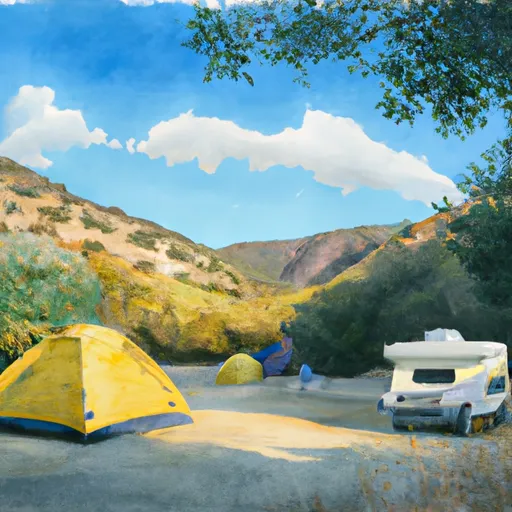 South Fork Rec Campground
South Fork Rec Campground
|
||
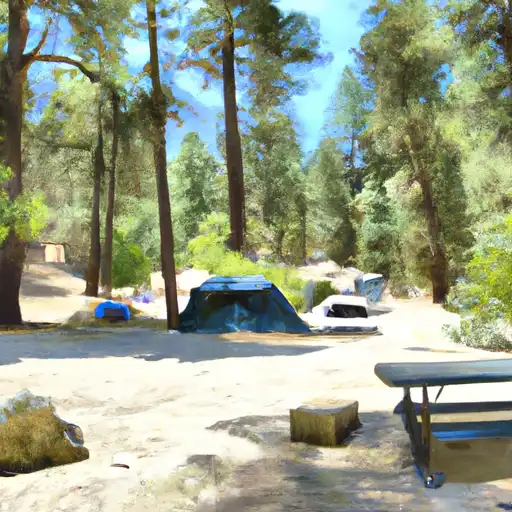 Boulder Gulch
Boulder Gulch
|
||
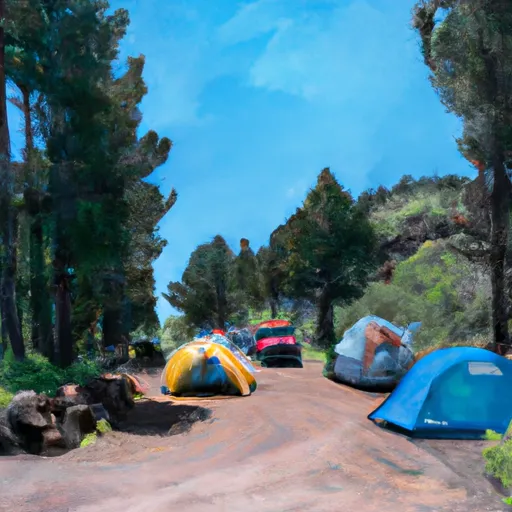 Boulder Gulch Campground
Boulder Gulch Campground
|
||
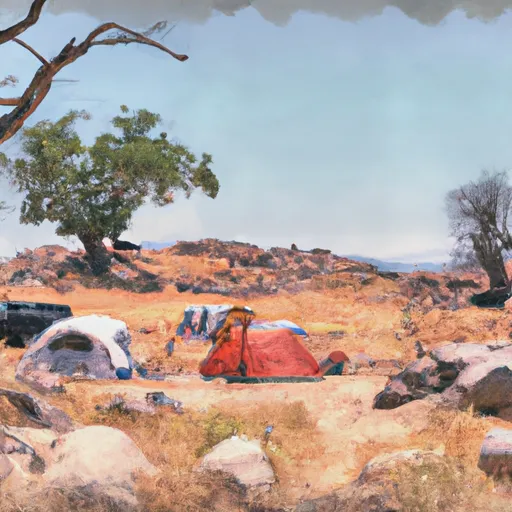 Old Isabella
Old Isabella
|
||
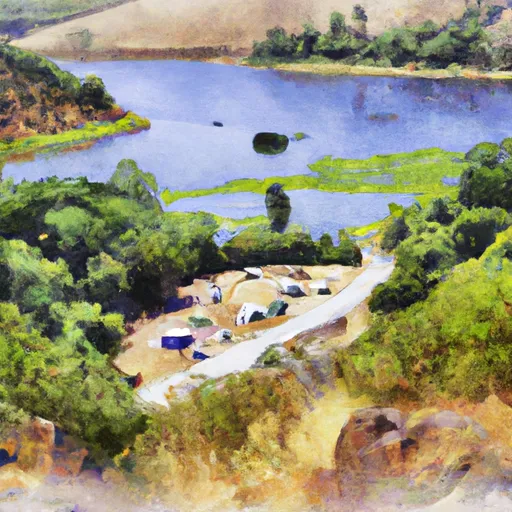 Auxiliary Dam
Auxiliary Dam
|
||
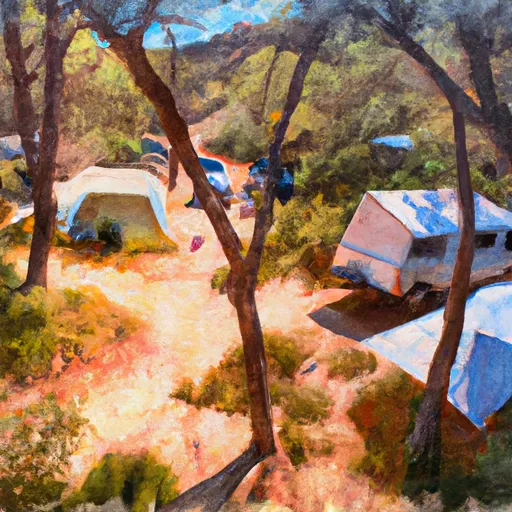 Hungry Gulch Campground
Hungry Gulch Campground
|

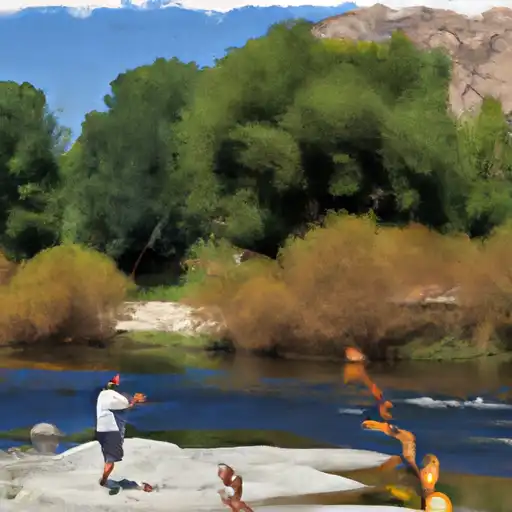 South Fork Kern River
South Fork Kern River
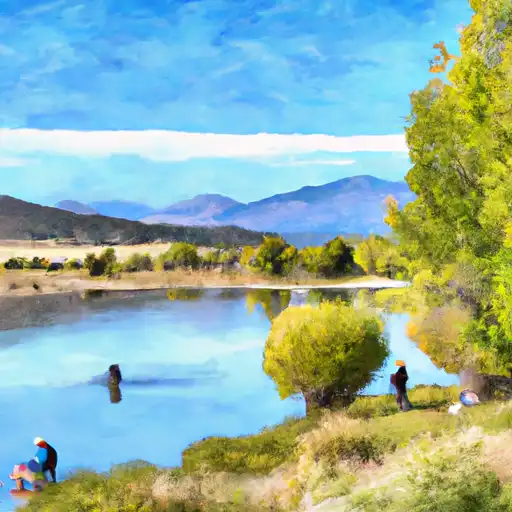 Isabella Lake
Isabella Lake
 Hanning Flat Dispersed Area
Hanning Flat Dispersed Area
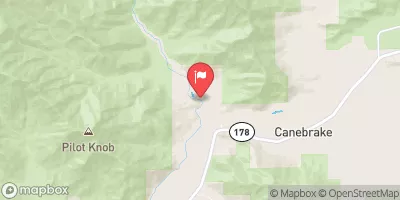


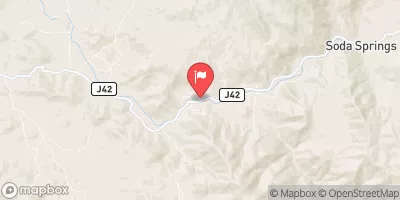
 Isabella Dam
Isabella Dam
 Kern County
Kern County